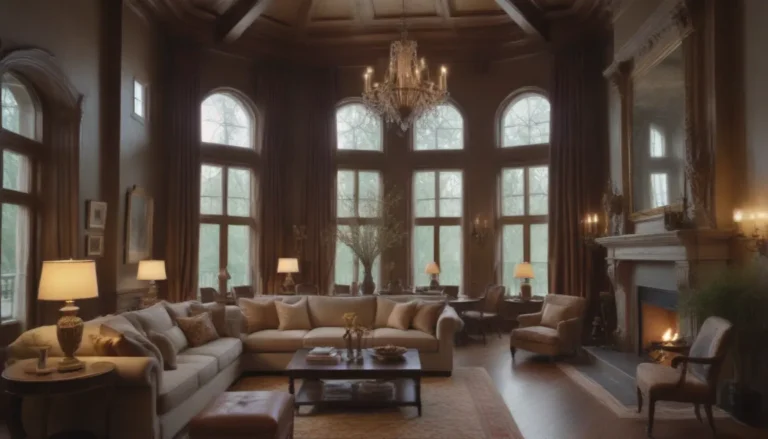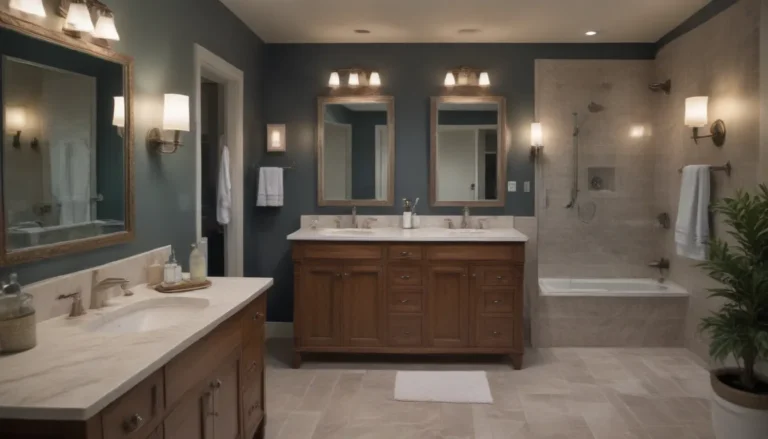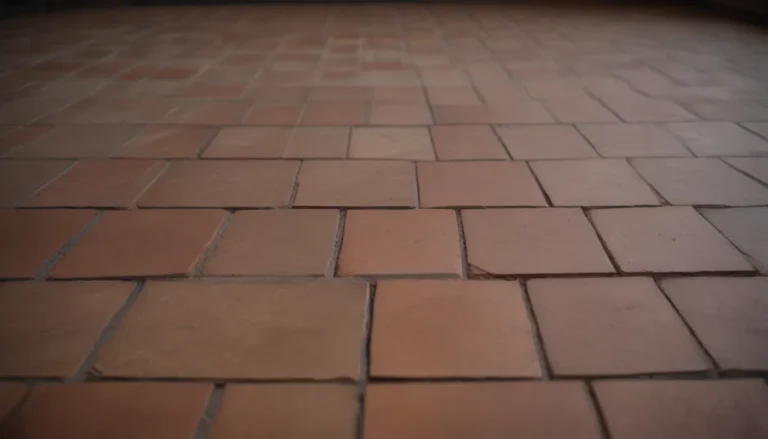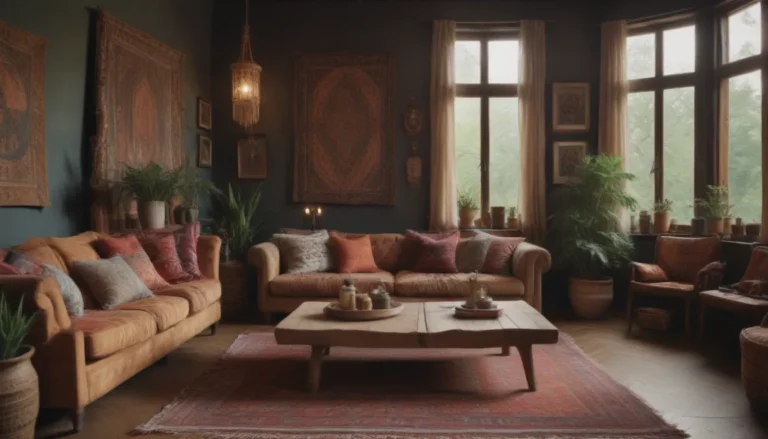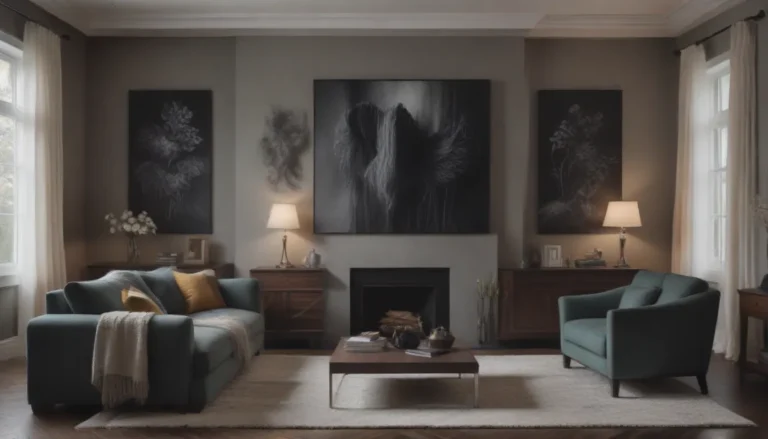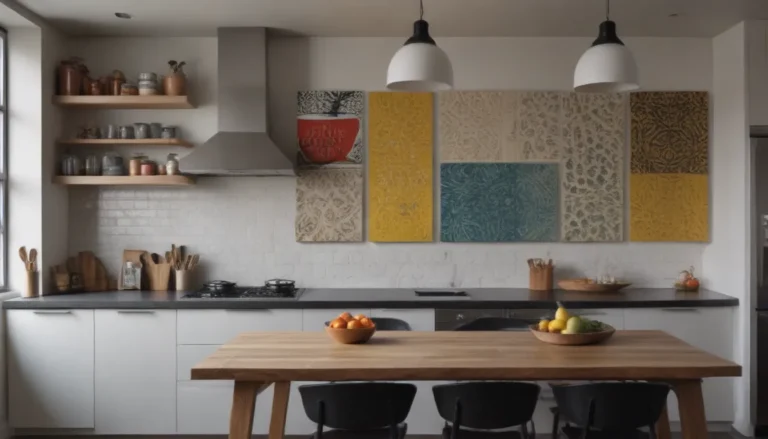Transform Your Space: 12 Steps to Designing a Room
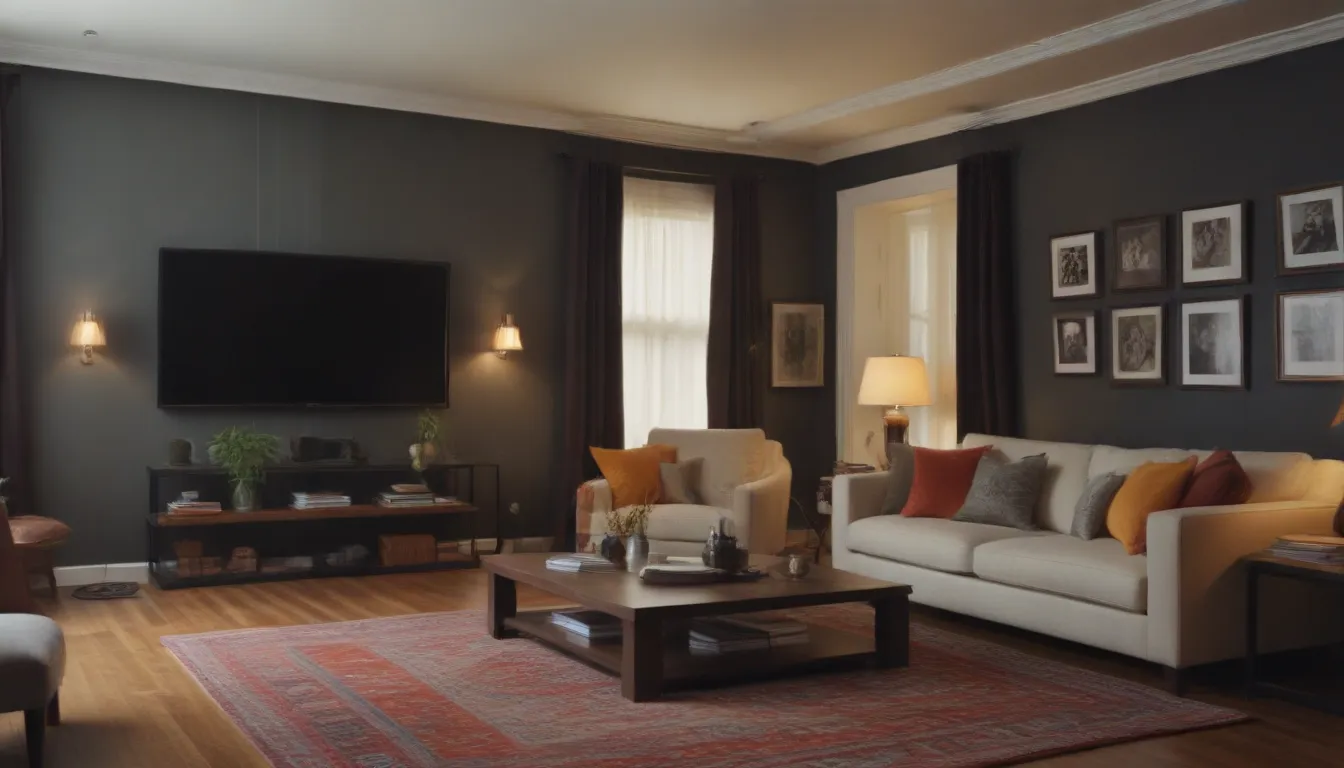
Are you tired of staring at the same old room day in and day out? Do you dream of creating a space that reflects your style and personality but don’t know where to start? Whether you’re on a tight budget or simply enjoy the challenge of a DIY project, designing a room from scratch can feel overwhelming for beginners. However, fear not! With the right guidance and a bit of creativity, you can transform your space like a pro. In this comprehensive guide, we’ll walk you through 12 easy steps to help you design a room that you’ll love coming home to.
Step 1: Set the Mood
Instead of getting caught up in the latest trends or design styles, start by thinking about how you want your space to feel. Are you looking for a peaceful oasis or an energizing family space? Let your desired mood guide your color choices, furniture selection, and decor. By focusing on creating a specific atmosphere, you can design a room that truly resonates with you.
Step 2: Get Inspired
Take the time to gather inspiration from various sources such as social media, design magazines, and websites. Create a mood board to organize your ideas and preferences. This process is not only fun but also helps you gain a better understanding of your personal style. Whether you live alone or with others, designing a space that reflects your unique tastes and values is essential.
Step 3: Get Real
When designing a room, it’s important to consider your lifestyle and needs. If you have children or pets, opt for durable fabrics and practical furniture. Design your space based on how you currently live, not on an unrealistic vision of perfection. Setting a realistic budget upfront can also help you prioritize your purchases and ensure that you stay on track financially.
Step 4: Declutter
Before bringing in new furniture or decor, take the time to declutter your space. Get rid of anything that no longer serves a purpose or brings you joy. Embrace minimalism and focus on the essentials to create a clean and organized atmosphere.
Step 5: Map It Out
Whether you use online design tools or good old-fashioned pen and paper, creating a floor plan can help you visualize the layout of your space. Measure your room carefully to ensure that your furniture fits comfortably and flows well. Experiment with different arrangements until you find the perfect layout for your needs.
Step 6: Decide on a Color Palette
Choosing a color palette early on can help you establish a cohesive look for your room. Whether you prefer neutral tones or bold hues, selecting a few complementary shades can add depth and visual interest to your space. Consider the mood you want to create and let your color choices reflect that.
Step 7: Start With the Finishes
If you’re not planning a full remodel, work with the existing finishes in your room to enhance its overall look. Refinish floors, repaint walls, or add decorative touches like wallpaper or tile to personalize the space. Building on what you already have can save you time and money while still achieving a refreshed look.
Step 8: Choose Anchor Pieces
Focus on selecting your anchor pieces, such as a sofa or dining table, before adding smaller decor items. Investing in quality furniture first can help you establish the overall style and layout of your room. Once you have your anchor pieces in place, you can then layer in additional furnishings and accents.
Step 9: Select Secondary Furniture
After choosing your main pieces, consider adding secondary furniture like coffee tables, bedside tables, or accent chairs. Mix and match different styles to create visual interest and balance in your room. Combining rustic elements with modern touches can add depth and character to your space.
Step 10: Choose Rugs, Curtains, and Textiles
Once you have your furniture in place, it’s time to add soft touches like rugs, curtains, and textiles. These items can tie the room together and add warmth and coziness. Experiment with different textures, patterns, and colors to create a layered and inviting atmosphere.
Step 11: Light It Up
Lighting plays a crucial role in setting the mood and ambiance of a room. Maximize natural light during the day and incorporate a mix of lighting options for the evening. From task lighting to ambient fixtures, make sure to illuminate all corners of your room to create a well-lit and inviting space.
Step 12: Accessorize
Once the basics are in place, it’s time to add those finishing touches that make a room truly yours. Hang art on the walls, style shelves with decorative objects, and add plants or candles for a personal touch. Accessories help bring personality and warmth to a space, so don’t be afraid to get creative and have fun with it.
Designing a room can be a rewarding and enjoyable process when approached with creativity and patience. By following these 12 steps, you can design a space that reflects your personality, meets your needs, and brings you joy every time you walk through the door. Remember, there are no hard and fast rules in interior design, so feel free to experiment and make your space truly your own. Happy designing!
